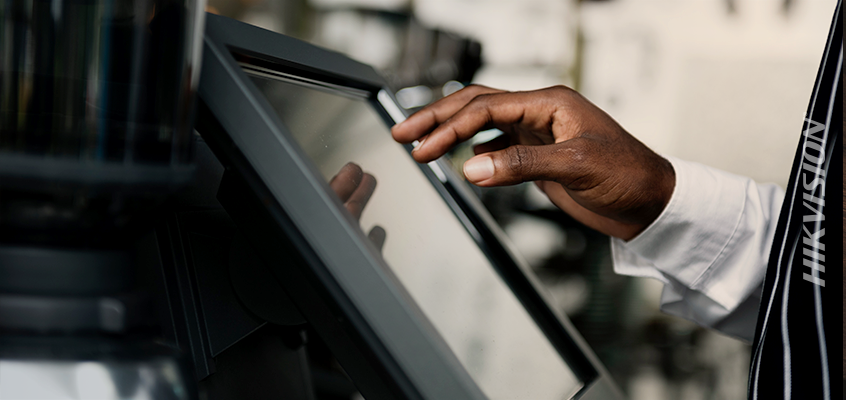Un rapport révèle que la majorité des petites et moyennes entreprises ont subi une atteinte à la sécurité
Hikvision adopte une approche proactive en matière de cybersécurité
Dans « Comment les PME peuvent-elles faire face aux risques de cybersécurité?», Le magazine Security présente le rapport de Cisco sur la cybersécurité des PME, qui révèle que 53% des personnes interrogées dans l’enquête auprès des PME avaient été victimes d’une faille de sécurité.
L'impact financier a non seulement été important, mais 30% des entreprises de taille moyenne ont déclaré que le coût de la violation était inférieur à 100 000 dollars, tandis que 20% ont indiqué qu'il se situerait entre 1 000 000 et 2 499 999 dollars, selon l'article.
Le rapport a également révélé que les PME sont le plus concernées par les attaques ciblées contre les employés, telles que le hameçonnage, les ransomware et les attaques DDoS, pour n'en nommer que quelques-unes.
Le magazine Security a interviewé le directeur des ventes de cybersécurité de Cisco, Paul Barbosa, à propos du rapport. Dans cet article, Barbosa a commenté : « De nombreuses PME se rendent compte qu'elles constituent une cible attrayante pour les cybercriminels et sont exposées à des menaces similaires à celles de leurs homologues de l'entreprise. Pour les entreprises qui n’ont pas fait de la sécurité une priorité, il est important de se rappeler que plus de la moitié (54%) de toutes les cyberattaques entraînent des dommages financiers supérieurs à 500 000 $. Ce montant est suffisant pour mettre définitivement hors service une petite / moyenne entreprise non préparée. "
Barbosa a formulé des recommandations à l'intention des PME préoccupées par le problème et souhaitant renforcer leurs efforts en matière de cybersécurité, telles que la simplification de leur infrastructure de sécurité et le développement des compétences en matière de sécurité interne dès qu'elles le peuvent. Il a ajouté : « Pour que les PME apportent des améliorations en matière de sécurité, il est important qu'elles reconnaissent qu'un changement progressif est préférable à l'absence de changement."
Hikvision a adopté une approche proactive de la cybersécurité en créant online center un centre en ligne avec mises à jour de microprogrammes, le premier centre de transparence du code source de l’industrie, une ligne d’assistance en matière de cybersécurité et une série de tournées de présentation aux États-Unis et dans les villes canadiennes l’année dernière. Hikvision a également récemment annoncé l'obtention de la certification du niveau 1 du Federal Information Processing Standard (FIPS) 140-2 du gouvernement des États-Unis, une norme de chiffrement créée par le NIST (Institut national des normes et de la technologie) des États-Unis pour l'utilisation de son module de chiffrement (HikSSL). Dans les produits de caméra IP et NVR.
En prenant en charge le processus de cybersécurité, Hikvision a pu offrir de nombreuses ressources pour aider les partenaires à résoudre les problèmes de sécurité et à adopter les meilleures pratiques en matière de cybersécurité. Pour plus, visitez ce lien.

